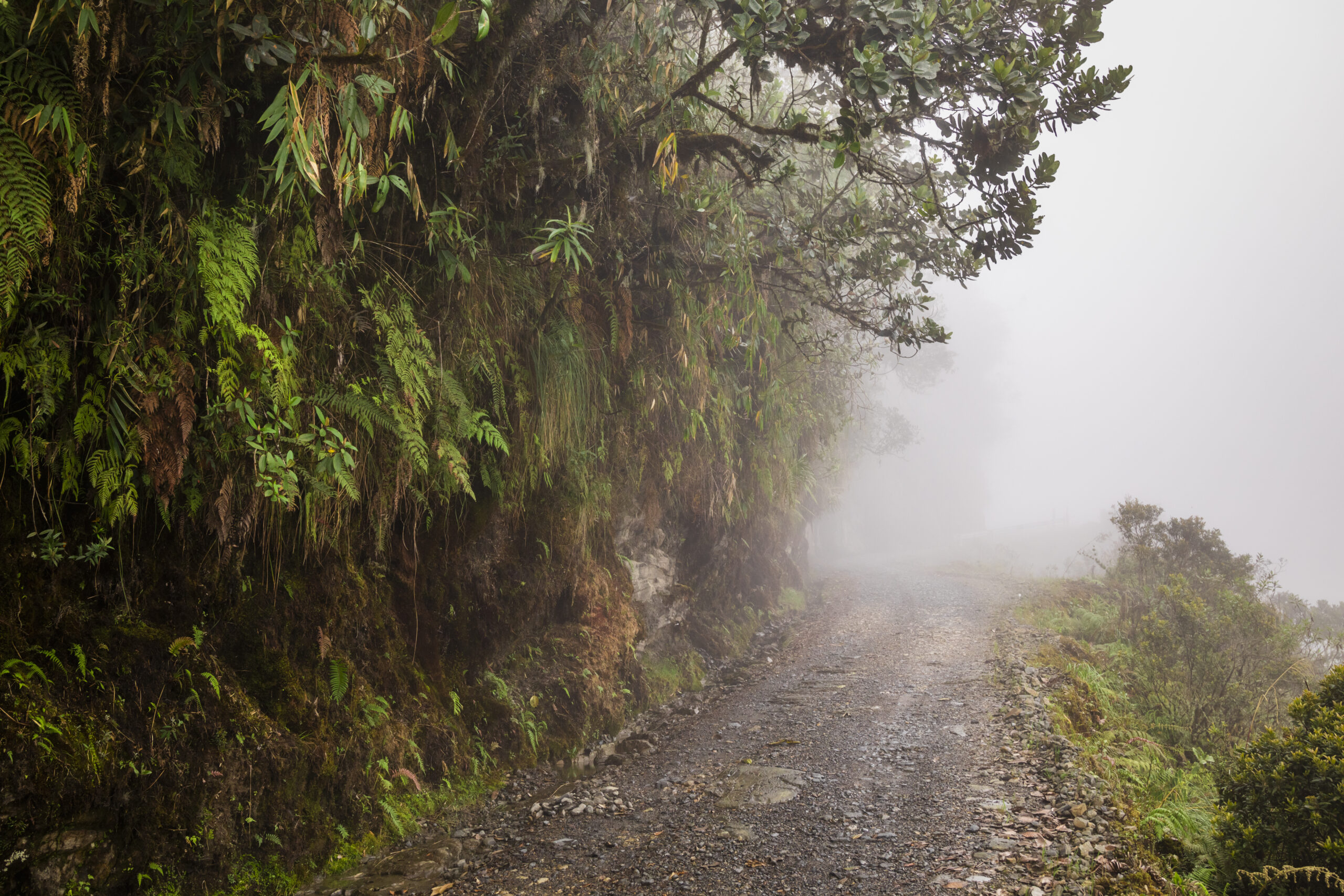Ayahuasca, also known as “the vine of the soul” or “yagé,” is a powerful and ancient psychoactive brew originating from the Amazon rainforest. This sacred potion has gained global recognition for its spiritual and therapeutic potential. In this blog post, we will delve into the depths of ayahuasca, exploring its history, components, traditional use, effects, and modern applications.
Origins and History
Ayahuasca has been used for centuries by indigenous Amazonian tribes for healing, spiritual, and shamanic purposes. The brew is traditionally prepared by combining two primary plant ingredients: the Banisteriopsis caapi vine and the leaves of the Psychotria viridis shrub. The indigenous peoples of the Amazon have long considered ayahuasca a sacred medicine and a way to connect with the spiritual world.
Active Components
The psychoactive effects of ayahuasca are primarily attributed to two key components:
– DMT (Dimethyltryptamine): Present in the leaves of the Psychotria viridis plant, DMT is a naturally occurring hallucinogenic compound. When ingested orally, DMT is typically broken down by the digestive enzymes and does not produce psychoactive effects. However, when combined with the MAOI (Monoamine Oxidase Inhibitor) properties of the Banisteriopsis caapi vine, it becomes orally active.
– Harmines and Harmalines: These alkaloids in the Banisteriopsis caapi vine inhibit the action of monoamine oxidase enzymes in the stomach, allowing DMT to become active and produce hallucinogenic effects.
Traditional Use
Ayahuasca has been a central part of indigenous Amazonian cultures for centuries. It is traditionally used in shamanic rituals, healing ceremonies, and as a means of connecting with ancestral spirits. Indigenous shamans, known as “ayahuasqueros” or “curanderos,” guide participants through their ayahuasca experiences, providing spiritual and psychological support.
Effects
The effects of ayahuasca can vary widely among individuals but often include:
– Visions: Users may experience vivid and sometimes otherworldly visions, which are considered integral to the healing and spiritual journey.
– Emotional Release: Ayahuasca can bring suppressed emotions to the surface, allowing users to confront and process them.
– Insight and Self-Reflection: Many users report gaining deep insights into their lives, behaviors, and purpose.
– Purging: Nausea and vomiting, known as “la purga,” are common during ayahuasca ceremonies and are believed to symbolize the release of toxins, negative energy, or emotional baggage.
Modern Applications
In recent years, ayahuasca has garnered attention in the Western world for its potential therapeutic benefits. Some individuals seek out ayahuasca retreats or ceremonies as a means of addressing mental health issues, such as depression, anxiety, PTSD, and addiction. There is also ongoing research into the use of ayahuasca-assisted therapy for these conditions.
Risks and Considerations
While ayahuasca has the potential for positive therapeutic experiences, it is not without risks. Some individuals may experience adverse effects, including extreme fear, paranoia, and confusion during the ceremony. Additionally, ayahuasca can interact with certain medications and should not be used by individuals with a history of psychosis or certain medical conditions.
Legality
The legal status of ayahuasca varies by country. In some places, it is considered a controlled substance, while in others, it is legal when used in a religious or shamanic context. It is essential to research and understand the legal status in your region before participating in an ayahuasca ceremony.
Ayahuasca is a powerful and ancient plant brew with a rich history and profound effects on consciousness. While its traditional use as a healing and spiritual tool continues among indigenous communities, it has also piqued the interest of individuals seeking therapeutic benefits in the modern world. If you are considering an ayahuasca experience, it is crucial to approach it with respect, caution, and careful consideration of the potential risks and legal implications. Always seek guidance from experienced and reputable practitioners to ensure a safe and meaningful journey.
